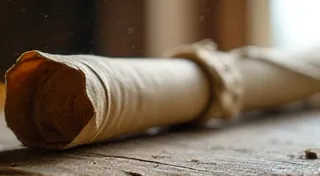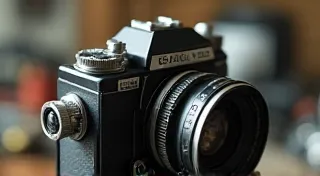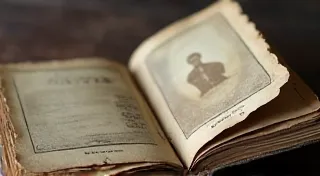The Language of Light Leaks: Aesthetic Choices in Modern Film Photography
There’s a peculiar romance woven into the imperfections of antique cameras. We are drawn, often subconsciously, to the stories they whisper – tales of hurried snapshots, forgotten journeys, and the slow, inevitable march of time. Restoring these cameras isn’t just about mechanics; it's about preserving memories, safeguarding a tangible connection to a past where photography demanded a different kind of patience and intentionality. The resurgence of film photography isn't just about escaping the digital realm; it’s about reconnecting with that tactile experience, that inherent vulnerability.
And sometimes, that vulnerability manifests as a beautiful, unexpected flaw: the light leak. Once considered a sign of a camera's mechanical failure, a mark of shame to be rectified, light leaks are now increasingly embraced as a deliberate aesthetic choice, a visual shorthand for nostalgia and artistic expression.
The Ghosts in the Machine
Light leaks occur when light bypasses the intended path within the camera, typically around the film door seals or through cracks in the bellows. In older cameras, these seals and bellows are often made of materials susceptible to degradation. Years of use, temperature fluctuations, and simple neglect can lead to their deterioration. What was once a tight, light-proof chamber becomes a porous canvas, susceptible to the intrusion of ambient light. The results can range from subtle, ethereal glows to dramatic, streaking patterns that transform a simple portrait into a dreamlike impression.
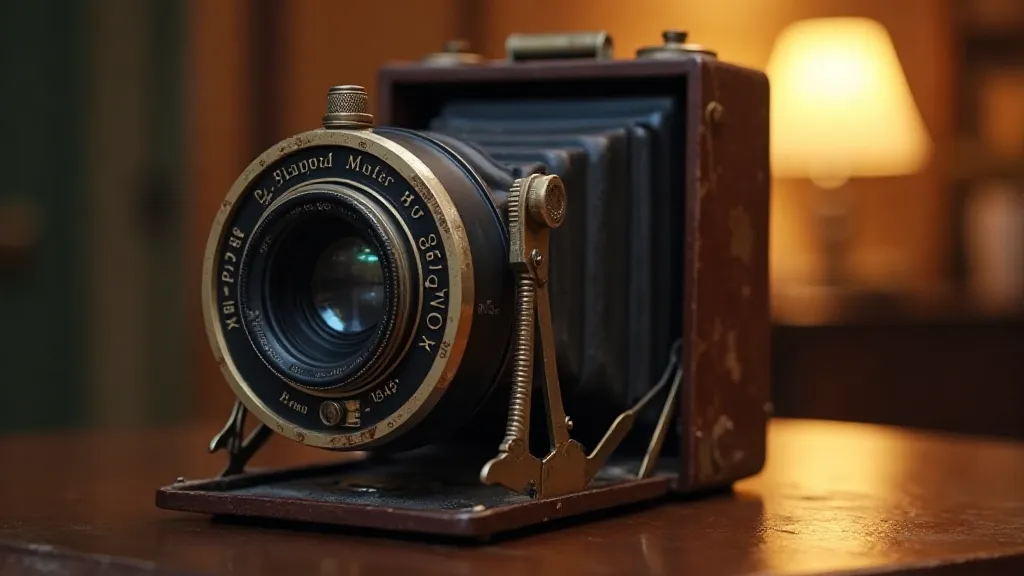
Historically, photographers considered light leaks an unwelcome nuisance. They represented a failure of the equipment – a sign that the camera needed repair or replacement. The pursuit of technical perfection reigned supreme. To combat this, meticulous sealing, replacement bellows, and careful storage were paramount. Yet, even the most diligent care couldn’t entirely eliminate the potential for light intrusion. These “errors” became a silent backdrop to countless memories, unaware of the burgeoning appreciation they would later command. The delicate functionality of vintage cameras, from the precise movements of the shutter to the integrity of the bellows, demands careful consideration, and understanding the basics of calibrating shutter speeds can prove incredibly valuable for any film enthusiast.
From Flaw to Feature: The Reclaiming of Imperfection
The shift in perception began gradually. As digital photography became increasingly dominant, the allure of film’s imperfections began to surface. The sterile, hyper-corrected images that flooded screens began to feel…hollow. People craved something more authentic, something with character, something that acknowledged the human element in the creative process. The “digital look” became a burden to escape.
Early adopters began experimenting, deliberately inducing light leaks into their film photography. They realized that these “flaws” could be harnessed to create a unique visual style – a style that evoked a sense of nostalgia, a romanticized view of the past, and a distinct artistic signature. Suddenly, what was once a mark of shame became a prized characteristic, a badge of authenticity.
Think about the early days of analog photography. The immediacy, the lack of instant feedback, forced a level of intentionality absent in the digital age. Each shot mattered. A light leak wasn’t just a technical problem; it was a disruption of that process – a reminder of the unpredictability of life, the imperfection of creation.
The Language of Nostalgia
The aesthetic appeal of light leaks is inextricably linked to our collective nostalgia. They evoke a sense of faded memories, of photographs unearthed from dusty albums, of a time when life moved at a slower pace. The streaks and glows of a light leak seem to mimic the way memories themselves distort and fade over time. They trigger an emotional response – a longing for a past that is both real and imagined.
Artists utilize light leaks to create a distinct mood. A portrait bathed in a warm, golden glow can feel comforting and intimate. A landscape punctuated by dramatic streaks of light can feel otherworldly and mysterious. It's a subtle but powerful form of visual storytelling. The light leak isn’t just a visual element; it’s a narrative device, a means of communicating emotion and conveying a sense of place and time.
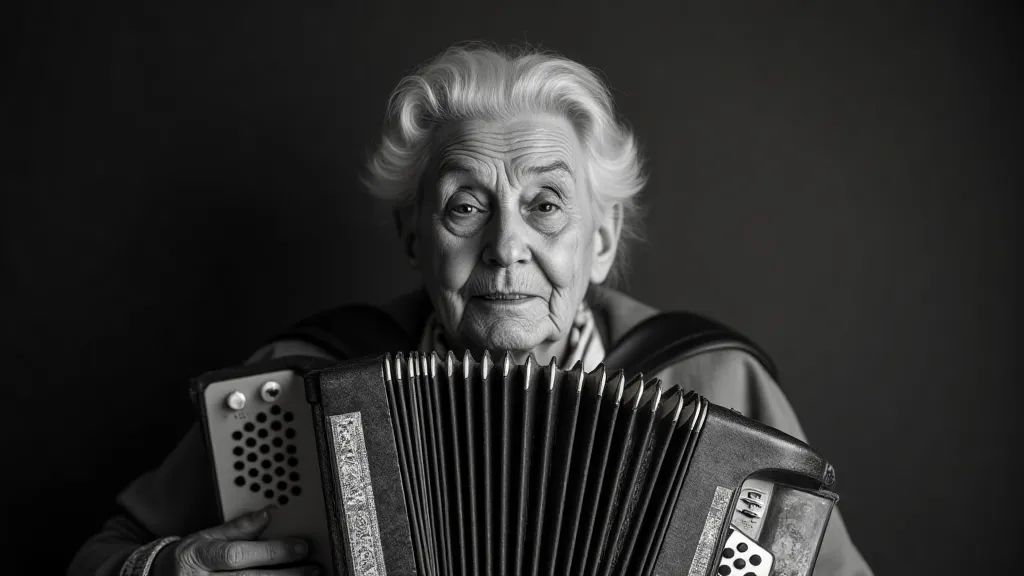
Beyond simply embracing the visual impact of light leaks, understanding how to adapt vintage lenses to modern digital cameras – a challenge many photographers face – can unlock a whole new world of creative possibilities, allowing them to infuse contemporary work with the charm and character of classic optics. The act of adapting lenses isn’t just a technical exercise; it’s an exploration of photographic history and a testament to the enduring appeal of vintage equipment. Consider the legacy these lenses carry; often, the unique optical characteristics contribute to the overall aesthetic, sometimes even influencing the appearance of light leaks themselves.
Furthermore, the color palettes inherent in vintage film stocks also play a crucial role in how light leaks manifest, contributing to the distinct emotional impact of these images. These chromatic echoes, a product of the film’s age and manufacturing process, combine with the unpredictable nature of light leaks to create truly one-of-a-kind results.
More Than Just a Trend: A Reflection of Our Times
While some might dismiss the embrace of light leaks as a fleeting trend, it represents something more profound. It reflects a broader shift in our cultural values – a rejection of perfectionism in favor of authenticity, a celebration of imperfection, and an appreciation for the beauty that can be found in the unexpected.
It’s also a testament to the enduring appeal of analog technology. In a world saturated with digital images, film photography offers a refreshing alternative – a chance to slow down, to be more deliberate, and to reconnect with the tactile experience of creating art. The reliable operation of these older cameras is essential for achieving consistent results, and knowing how to diagnose and repair common mechanical failures—a skill often overlooked in the digital age—is invaluable for any serious film enthusiast. It’s about learning the resonance of shutter and understanding the nuances of mechanical systems.
The Cartographer's Map: Adapting Vintage Lenses and Film
The world of vintage photography is one of continual adaptation. Not only are photographers increasingly interested in deliberately introducing imperfections like light leaks, but they're also keenly aware of the limitations and opportunities presented by older equipment. One significant area of exploration involves adapting vintage lenses to modern digital cameras – a process that requires careful consideration of mounting systems, focus adjustments, and optical compatibility. This adaptation isn’t merely a technical exercise; it's a journey into photographic history, an opportunity to connect with the craftsmanship of past generations, and a chance to bring a unique character to contemporary work. The result is an image imbued with a tangible sense of place and time, a reminder of the enduring appeal of analog technology.
Moreover, understanding the nuances of different vintage film stocks is equally important. Each film possesses its own unique color palette, grain structure, and contrast range, all of which contribute to the final look of the photograph. Experimenting with different films can unlock a whole new world of creative possibilities, allowing photographers to fine-tune their aesthetic and capture the mood they desire. The combination of a vintage lens, a vintage film, and a carefully orchestrated light leak can produce images of exceptional beauty and emotional resonance.
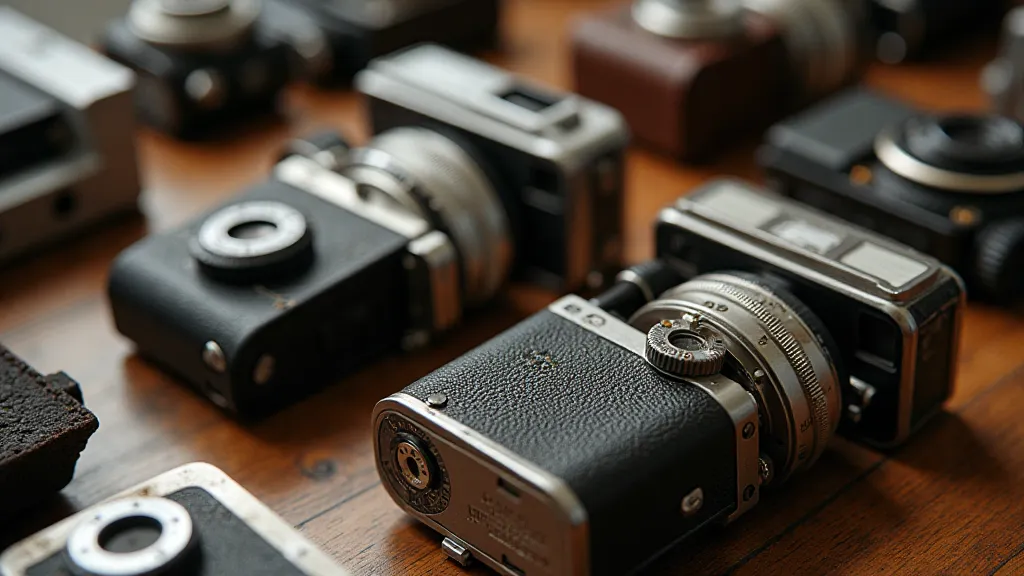
The preservation and restoration of these vintage cameras is itself an art form, a testament to the enduring value of craftsmanship and attention to detail. It's about more than just replacing broken parts; it's about understanding the mechanics of the camera, appreciating its history, and ensuring that it can continue to inspire future generations of photographers. The dedication required to keep these machines running smoothly is a testament to the passion that drives the film photography community. Many practitioners find themselves deeply involved in these processes, developing a profound respect for the ingenuity and artistry of those who created these cameras in the first place.
The modern revival of film photography isn’t just about nostalgia or a reaction against the digital age; it’s about a deeper appreciation for the beauty of imperfection, the value of craftsmanship, and the importance of slowing down and being more deliberate in our creative process. In a world that is increasingly dominated by digital technology, film photography offers a refreshing alternative—a chance to reconnect with the tactile experience of creating art and to embrace the unexpected. The language of these imperfections, particularly the ethereal beauty of light leaks, speaks volumes about our desire for authenticity and our appreciation for the enduring power of the photographic image.
The careful restoration of a vintage camera isn’t simply about bringing a piece of machinery back to life; it’s about preserving a legacy, safeguarding a piece of history, and celebrating the enduring power of the photographic image. And sometimes, that legacy includes a beautifully placed light leak – a testament to the camera's journey through time and a visual reminder of the human element in the creative process.
The language of light leaks is a subtle, yet powerful one – a visual poetry that speaks to the heart of our collective memory and the enduring beauty of imperfection. It’s a reminder that sometimes, the most beautiful things in life are the ones that are a little bit broken, a little bit flawed, and utterly, undeniably authentic.

